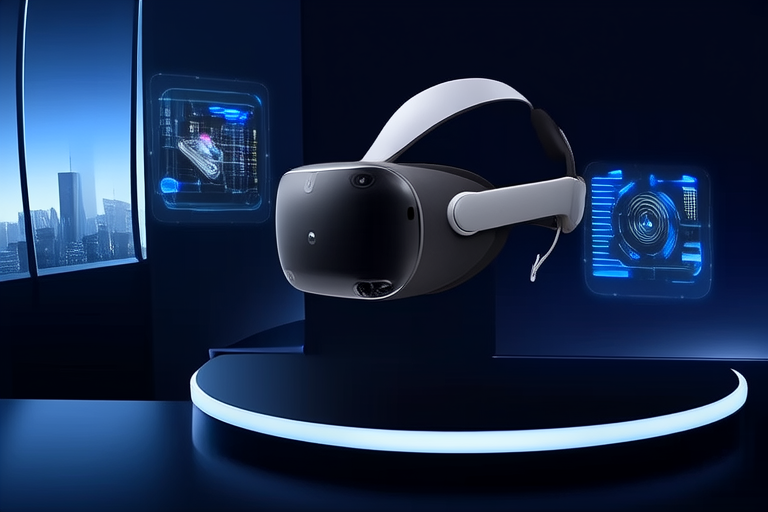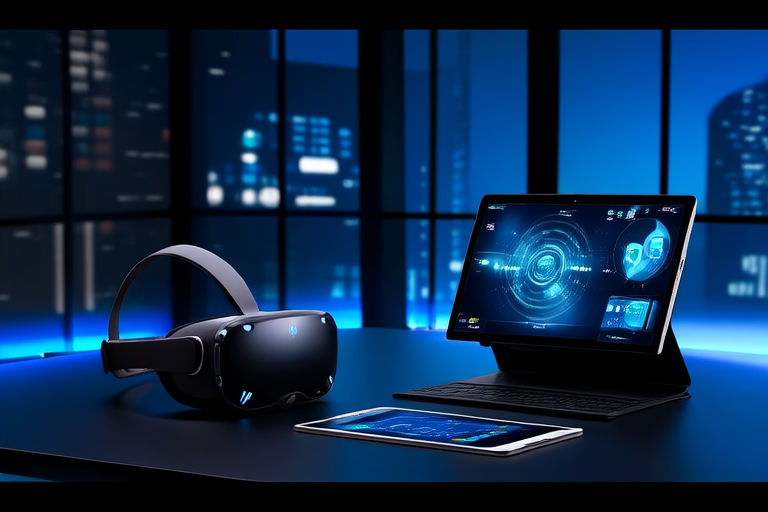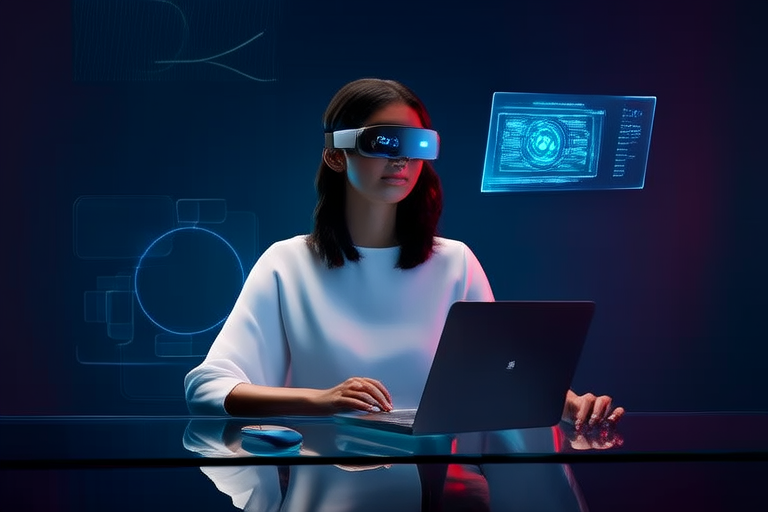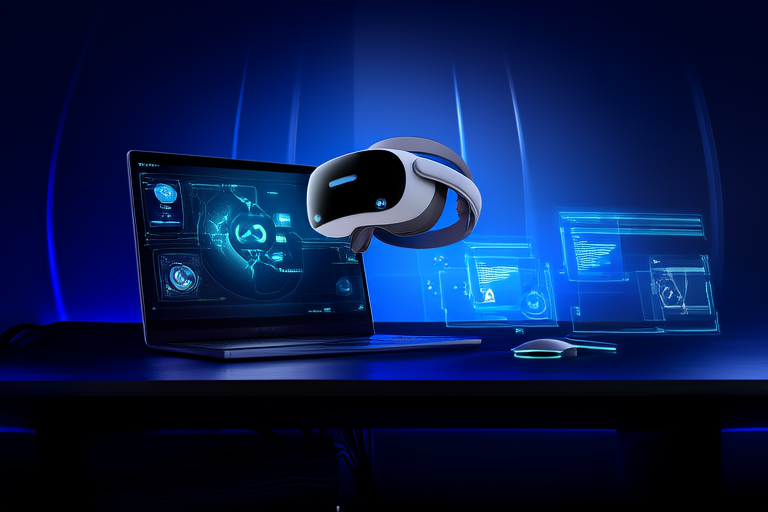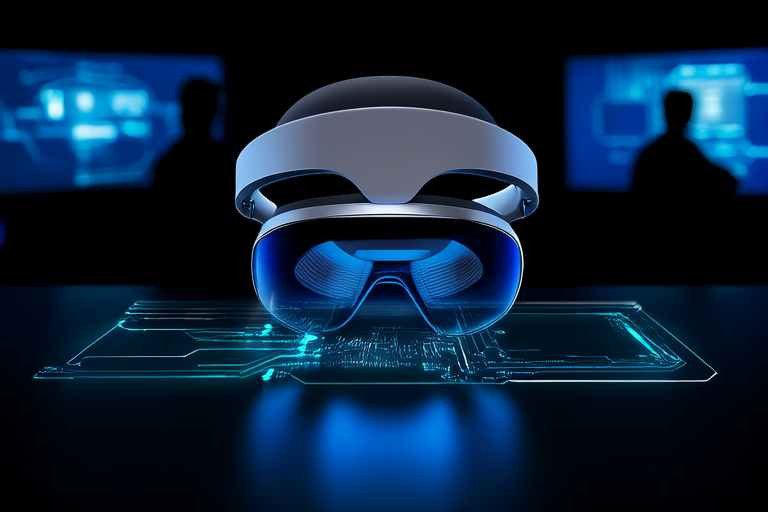From Concept to Reality: Advancements in VR and AR User Experiences
Introduction
Virtual Reality (VR) and Augmented Reality (AR) have captivated the imagination of technologists, developers, and consumers alike. These immersive technologies offer unique ways to interact with digital environments, blending the physical and virtual worlds seamlessly. The concept of VR dates back to the mid-20th century, while AR emerged in the late 20th century. Both technologies have evolved significantly over the years, driven by a relentless pursuit of enhancing user experiences.
The significance of user experience cannot be overstated. It is the cornerstone that drives adoption and innovation. As VR and AR technologies mature, they promise to revolutionize industries ranging from entertainment and education to healthcare and retail. This article explores the journey of VR and AR from their inception to current advancements, highlighting key innovations and future possibilities.
Historical Overview
The origins of VR can be traced back to the 1950s when Morton Heilig developed the Sensorama, an early prototype that combined visuals, sound, and even smell to simulate real-world experiences. In the 1980s, Jaron Lanier coined the term “virtual reality” and founded VPL Research, which produced some of the first commercial VR devices. Similarly, AR’s roots can be found in the 1960s with Ivan Sutherland’s “Sword of Damocles,” one of the earliest head-mounted displays.
Notable milestones include the introduction of Oculus Rift in 2012, which brought high-fidelity VR to the consumer market, and Microsoft’s HoloLens, launched in 2015, which popularized AR in both consumer and enterprise settings. These pioneering efforts laid the foundation for modern VR and AR applications.
Technological Breakthroughs
Advancements in hardware have been crucial in shaping the VR and AR landscape. High-resolution displays, advanced sensors, and powerful processors have significantly improved the quality of immersive experiences. For instance, Valve’s Index headset offers superior resolution and tracking capabilities, enhancing user immersion. Similarly, Apple’s M1 chip has enabled more efficient processing for AR applications.
Software improvements, such as better rendering techniques and user interface design, have also played a pivotal role. Techniques like ray tracing and real-time physics simulation have made virtual environments more realistic. Additionally, intuitive user interfaces and natural interactions have made these technologies more accessible to a broader audience.
Current State of VR and AR
Today, VR and AR find applications across numerous industries. In gaming, titles like Beat Saber and Half-Life: Alyx have demonstrated the potential of immersive storytelling. Healthcare benefits from VR and AR through surgical simulations and patient rehabilitation programs. Educational platforms leverage these technologies to create interactive learning environments. Retailers use AR to enhance shopping experiences, allowing customers to visualize products in their homes before making purchases.
Case studies illustrate the impact of these technologies. For example, Walmart uses VR to train employees in store management, while medical professionals utilize AR to perform complex surgeries with greater precision. Despite these successes, challenges remain. Issues such as motion sickness, limited battery life, and high costs continue to hinder widespread adoption.
User Experience Innovations
Innovations focused on improving user experience are at the forefront of VR and AR development. Haptic feedback, spatial audio, and gesture recognition are just a few examples. Haptic feedback provides tactile sensations, making interactions feel more authentic. Spatial audio enhances immersion by simulating sounds from different directions. Gesture recognition allows for more natural and intuitive interactions, reducing reliance on controllers.
Collaborative efforts between tech companies and researchers are pushing the boundaries of what is possible. Companies like HTC and Facebook (Meta) are investing heavily in R&D to create more seamless and engaging experiences. Academic institutions are exploring novel approaches to improve accessibility and usability for diverse user groups.
Future Prospects
The future of VR and AR holds immense potential. Emerging technologies like 5G, artificial intelligence (AI), and edge computing are poised to further enhance user experiences. 5G networks will enable faster data transfer rates, reducing latency and improving real-time interactions. AI integration can personalize experiences, adapting to individual preferences and behaviors. Edge computing will facilitate more powerful computations closer to the user, ensuring smoother performance.
These advancements could lead to expanded application areas, such as telemedicine, remote collaboration, and smart cities. The convergence of VR and AR with other technologies promises to reshape the way we interact with the world, offering new possibilities for creativity, communication, and problem-solving.
Conclusion
From their humble beginnings to the sophisticated systems of today, VR and AR have come a long way. Technological breakthroughs, innovative applications, and a focus on user experience have propelled these technologies forward. As we look to the future, the transformative potential of VR and AR in shaping human-computer interaction is undeniable. Whether through entertainment, education, or healthcare, these technologies are set to play increasingly important roles in our daily lives.
We encourage readers to stay informed about ongoing developments in this rapidly evolving field. The journey from concept to reality is far from over, and the best is yet to come.
